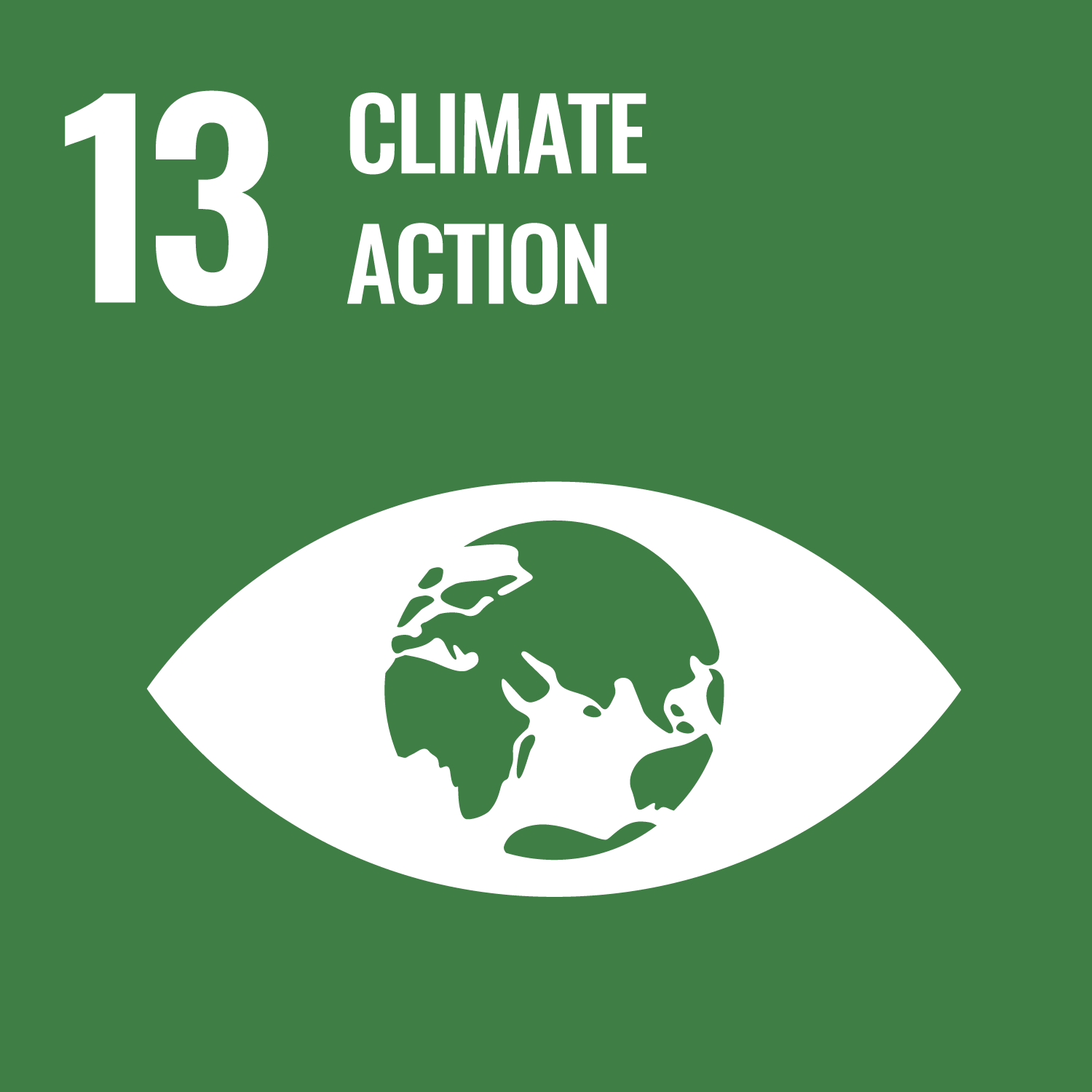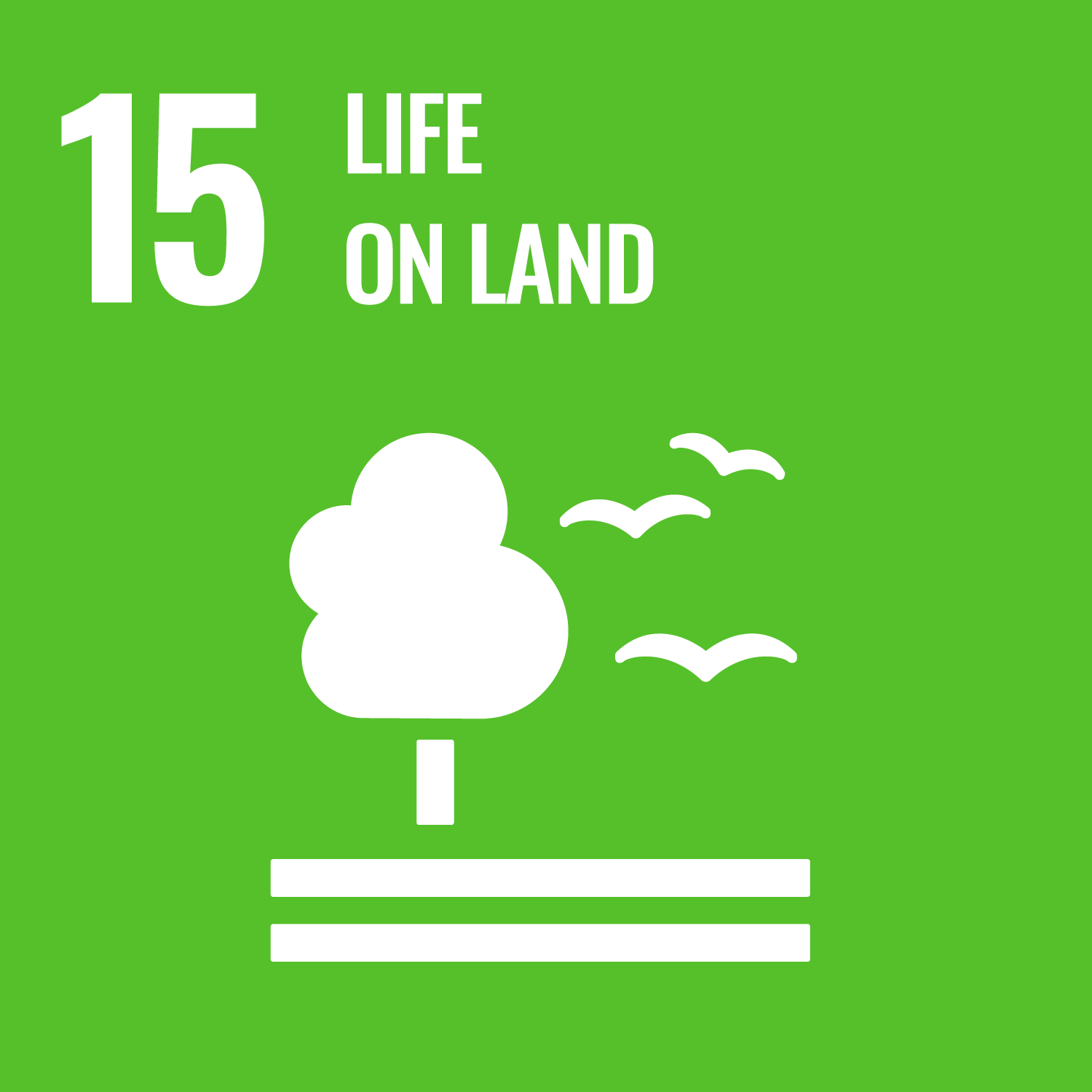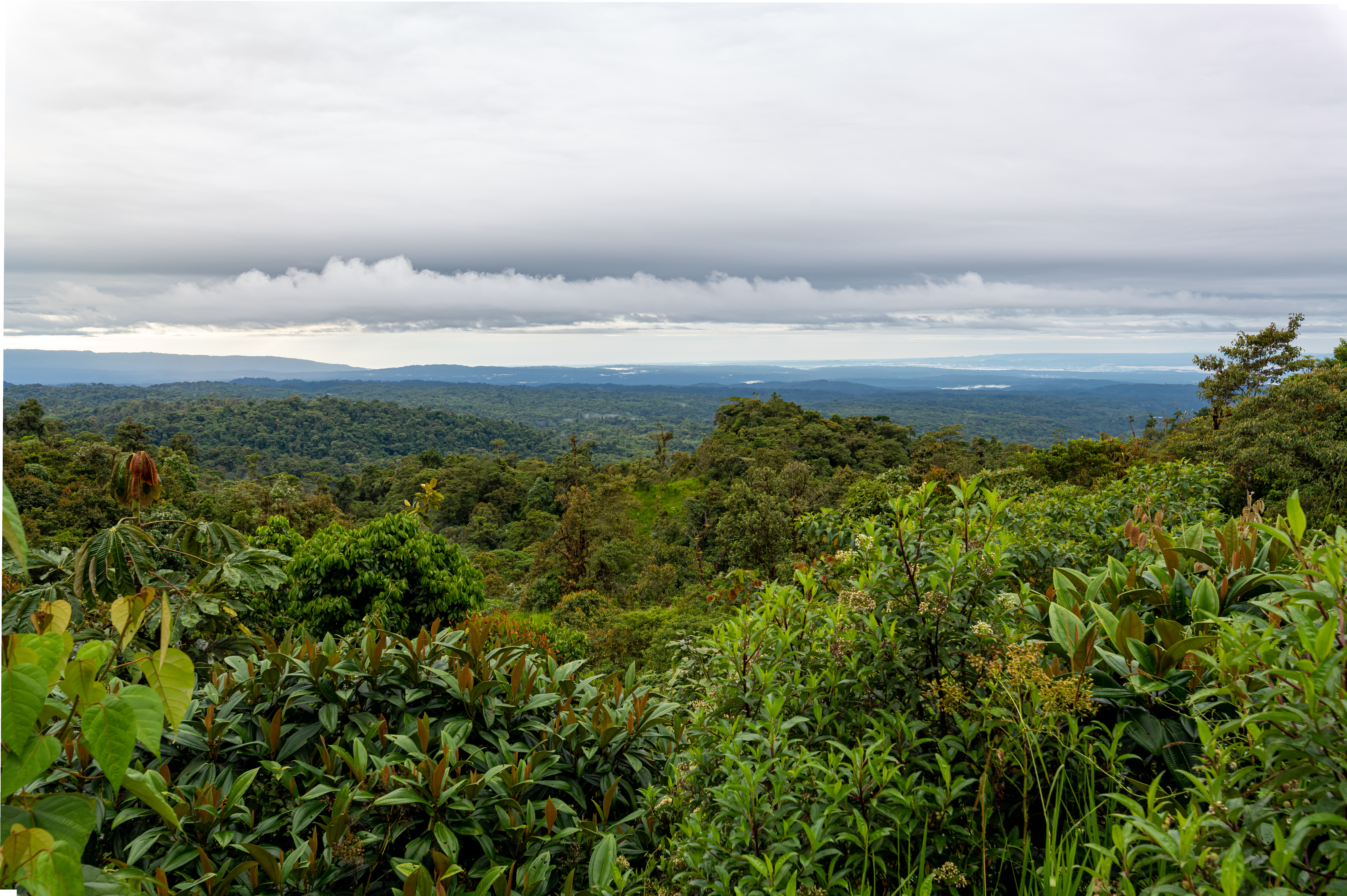Impact on climate change
We aim to buy this land together with Fundación Jocotoco to make sure the wonderful forest continues to exist and helps us fight climate change, instead of being cut down for agriculture or roads.


What will we do?
Each euro invested in the current expansion will be matched by another euro from already committed funding. Your support is key to prevent new areas from being deforested.
Created in 2006, the Narupa Reserve is located in northeastern Ecuador, in the transition zone between the Páramo grasslands and the lowlands of the Ecuadorian Amazon. The reserve protects the upper Napo Valley which is known for its astonishing biodiversity and high-density canopy. This evergreen forest presents a mixture of Andean and Amazonian habitats, transitioning cloud forests at 1,600 meters above sea level to high-elevation Amazon forests around 1,000 metres.
We are providing funds to our local partner Jocotoco to expand its Narupa Reserve with 200 hectares to include new areas into their permanently protected nature reserve. This expansion will enable Jocotoco to build corridors and create a continuous healthy forest between the Antisana and Sumaco Napo Galeras national parks and private protected areas. Connecting and buffering this mosaic of protected areas will assure resilient forests for species to migrate and disperse.


Why this project?
Despite the concentration of protected areas in this area, habitat loss is still the primary threat to its biodiversity. This is mainly triggered by deforestation due to unplanned agriculture, road construction, and mining, while oil spills imperil freshwater quality and aquatic biodiversity. These threats have put high pressure on threatened species and ecosystem services in the region.
We aim to buy this land together with Fundación Jocotoco to make sure the wonderful forest continues to exist and helps us fight climate change, instead of being cut down for agriculture or roads.
The Sumaco Galeras UNESCO Biosphere Reserve is home to 80,000 Kichwa and mestizo inhabitants scattered throughout a matrix of private land nestled around the Sumaco Napo Galeras national park, private protected areas, and community-managed forests.
Our partner Fundación Jocotoco works with Kichwa communities to raise awareness about the importance of conserving their forests. Local communities are being trained in biodiversity monitoring, which supports them in increasing their ecotourism activities and generate economic alternatives that protect their land and natural resources at the same time.
Within Narupa and neighboring national parks birds reach their highest global diversity. Just in the Narupa Reserve 409 species of birds have been recorded. Narupa Reserve also harbors at least 57 threatened species, such as Black Tinamou (VU), Military Macaw (VU), Black-and Chestnut Eagle (EN), and Harpy Eagle (VU), and Bicolored Antvireo (VU).
The Reserve is also home to three endangered amphibians: Osornophryne guacamayo (VU), Pristimantis cremnobates (EN) and P. prolatus (Endemic to eastern slopes of the Ecuadorian Andes). Threatened mammals like the Spectacled Bear (VU) and Woolly Monkeys (VU/EN, depending on taxonomy) have been recorded within the reserve.
By connecting three crucial nature reserves/parks we protect the entire area against encroachment and deforestation and ensure that gene flow and species dispersal can continue across three protected areas.

Want to support this project?
Help us connect three biodiversity hotspots in the Ecuadorian Amazon region and protect +50 threatened species. Each euro invested in the current expansion will be matched by another euro from already committed funding.
